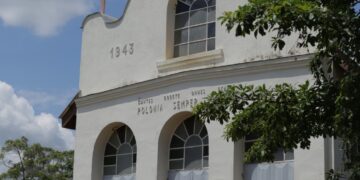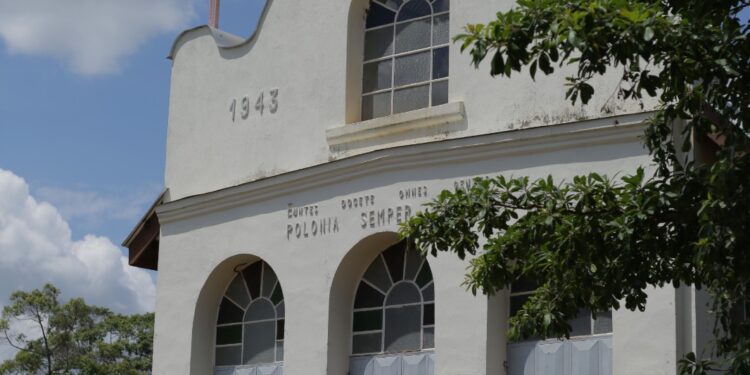Uganda being among the world’s largest refugee hosting countries’ is not by chance or mistake, this is historically inclined, given the open arms the world’s most hospitable nation offers to strangers. Many may not know that in the 1940s, Uganda welcomed and gave refuge to the Poles who were fleeing the Second World War.
Some of the Polish refugees were settled in Uganda. Two camps; Nyabyeya in Masindi district at the edge of the tropical Budongo forest and Mpunge, a peninsula of Lake Victoria in the present-day Mukono district.
The refugees over 2000, mainly women and children, were persecuted by the Soviets and Nazi Germany sanctuary, after getting amnesty from forced labour camps deep in Siberia, settled in.
It is said, the first group of 492 Polish refugees arrived in Uganda by train from Kenya on September 8, 1942, three years after they had fled Poland. They disembarked at Namasagali, where they were received by the housewives of the Jinja District administration officers. From Namasagali, the refugees boarded barges which took them down the Nile to Masindi Port.
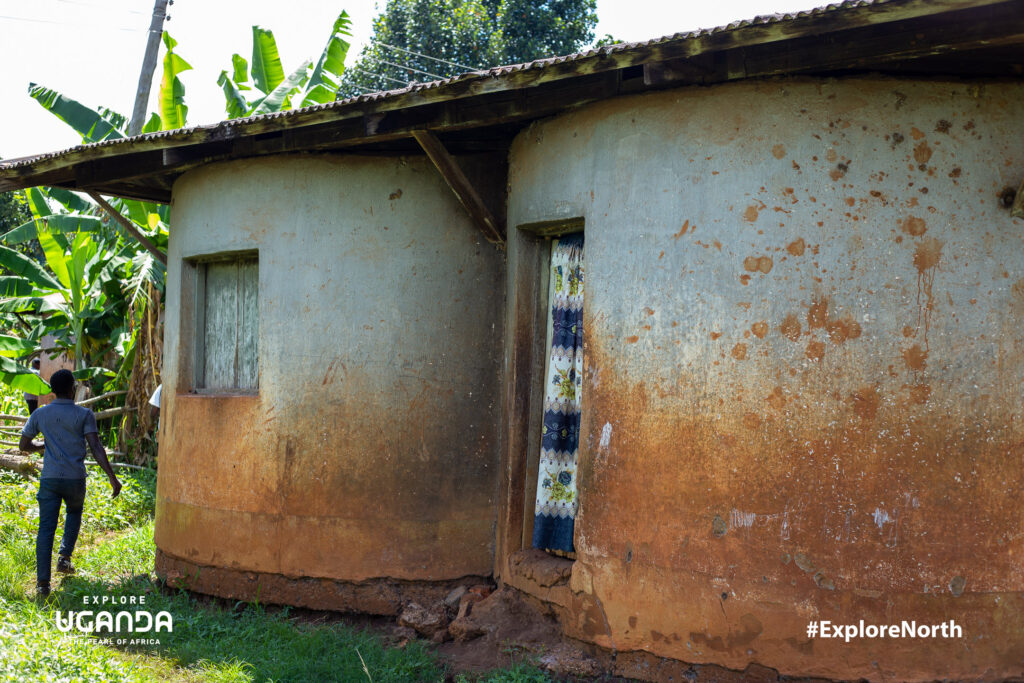
From Masindi Port, these were transported by trucks to their new home; a settlement camp established at Nyabyeya, located 35 km away from Lake Albert and Masindi town. Other Polish refugees were settled at Kojja in Mukono district. By 1944, Uganda had offered refuge to at least 6200 Polish refugees, of these 2,645 were school-going children.
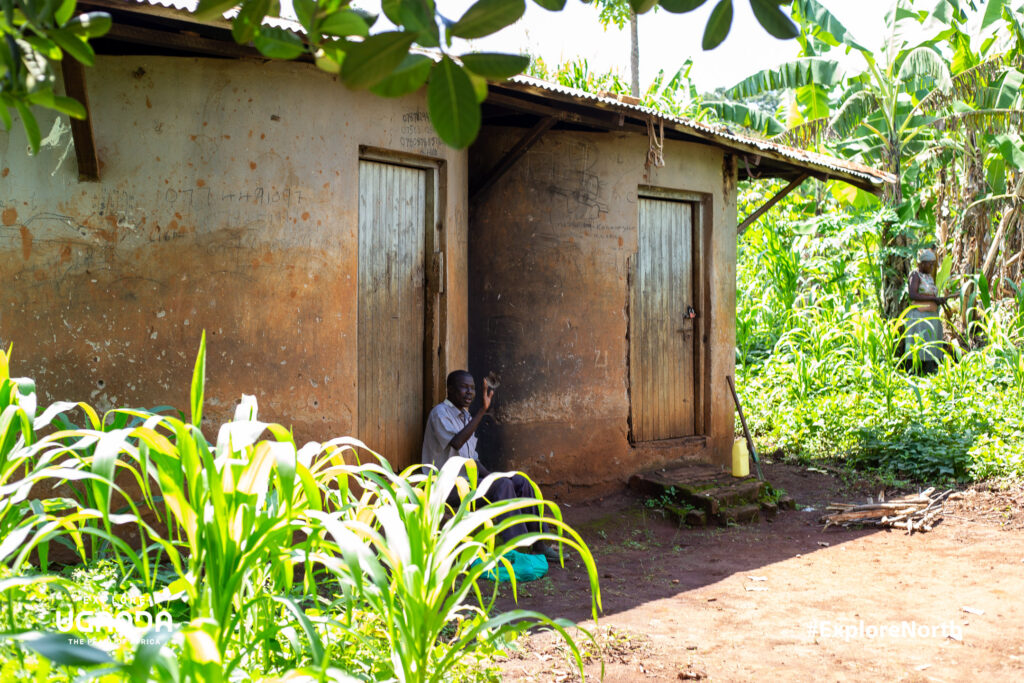
The Nyabyeya settlement in Masindi currently under the Heritage and Museums, had 3200 refugees of whom 1528 were children and only 267 were men, most of whom were either old or unwell.
Cemetery
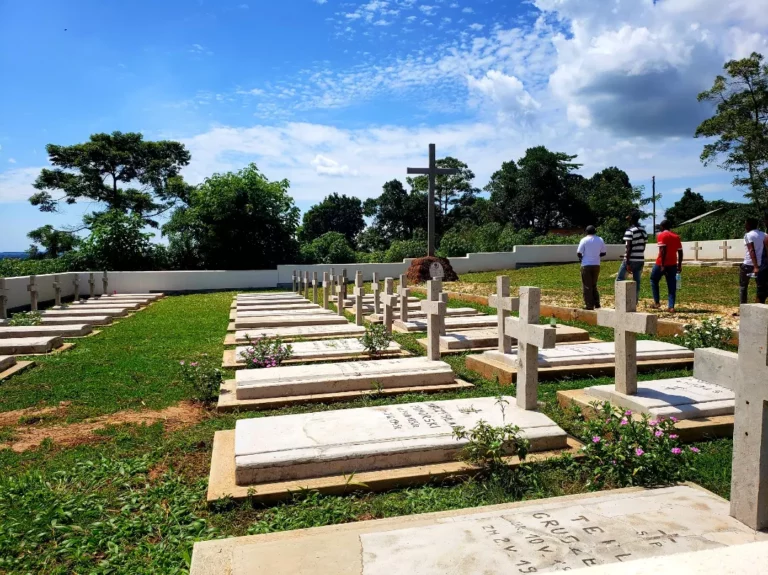
According to Fr. Peter Wasswa the Country Director of the Polish Organization in Uganda, the Nyabyeya Polish Heritage site, had six settlements and currently only one is existent and is being preserved.
The site had a hospital complete with a pharmacy, three primary schools, kindergartens, a comprehensive gymnasium, and a vocational school for women. Craft workshops, a bakery, two brickyards, a power plant, and a pumping station were also constructed.
Organizations such as the scouts, daycare centres, and a theatre were formed. Also at the place, there is a cemetery where the Poles who died were buried, Fr Waswa says that when the refugees came, the area was a thick forest, adding that because of the weather, and lighting some never survived. The cemetery was constructed by women and children.
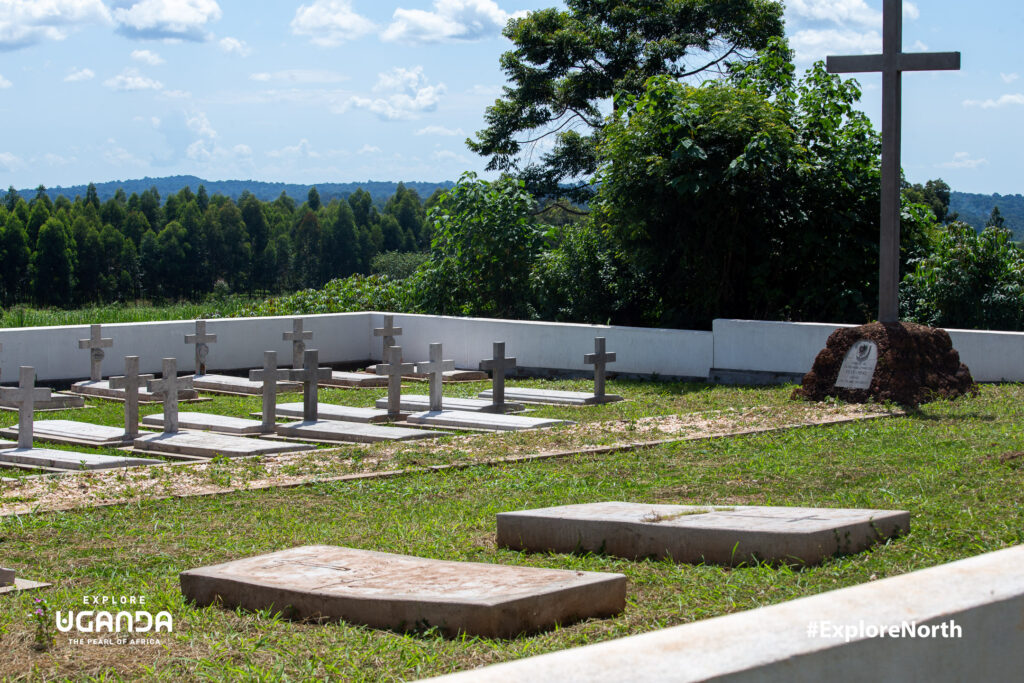
The cemetery contains over 40 graves of Poles. It was renovated and completed with funds from the Polish government through its Ministry of Culture and National Heritage under the “Sites of National Remembrance Abroad” program. Fr, Wasswa adds that the children, relatives and other Poles, visit the site to pray for their departed souls but also do some community work in honour of their departed countrymen and women.
Church
At the settlement, the Poles, mostly catholic, found a big tree where they used to carry out prayers but later decided to build a better structure, mostly ladies and children, they made bricks by themselves, and constructed the church which now is still intact. He revealed the only thing that was changed was the iron sheets.
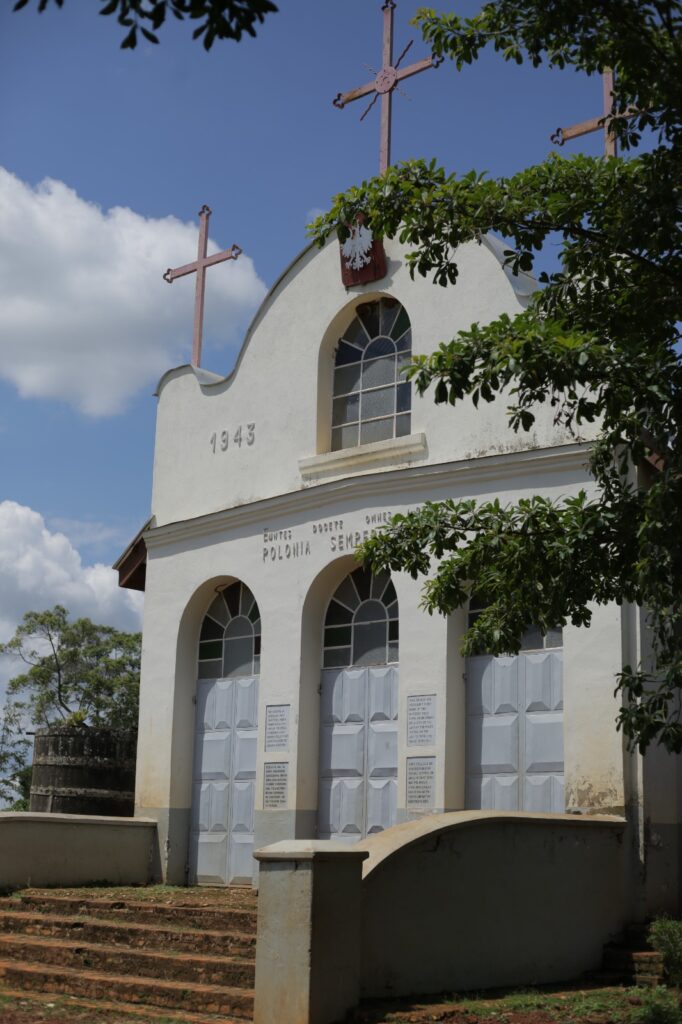
He says currently they do Kiswahili services, adding they are always filled to capacity whenever it’s mass time. The church was built between 1943-1945.
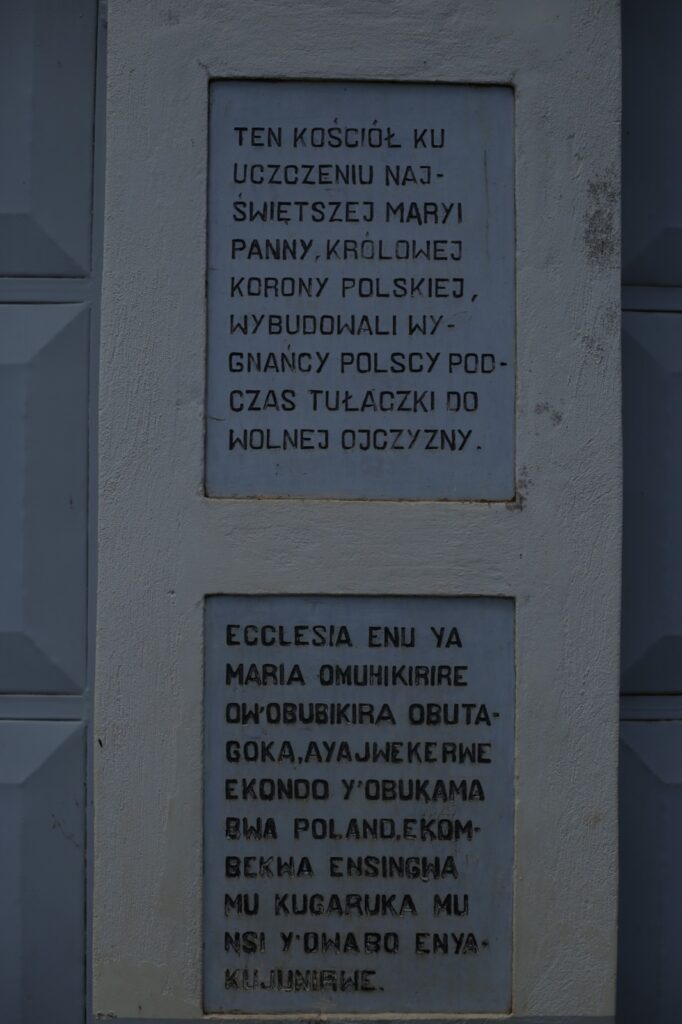
“People here mostly are refugees from Congo. We pray with these people and the communities here our services are mainly in Kiswahili,’ he noted.
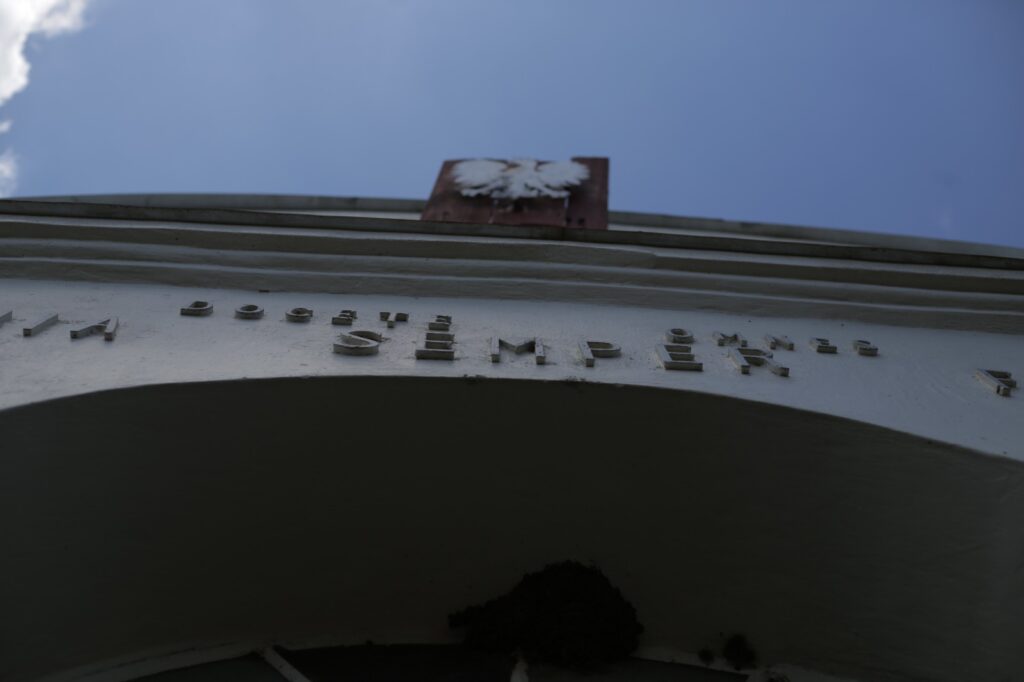
The church is a big feature with different inscriptions some in Polish and others in English and Runyakitara, “This church has been built in honour of the blessed Mary ever Virgin, crowned Queen of Poland, by the Poles in Exile on their way to their Liberated Land.’’
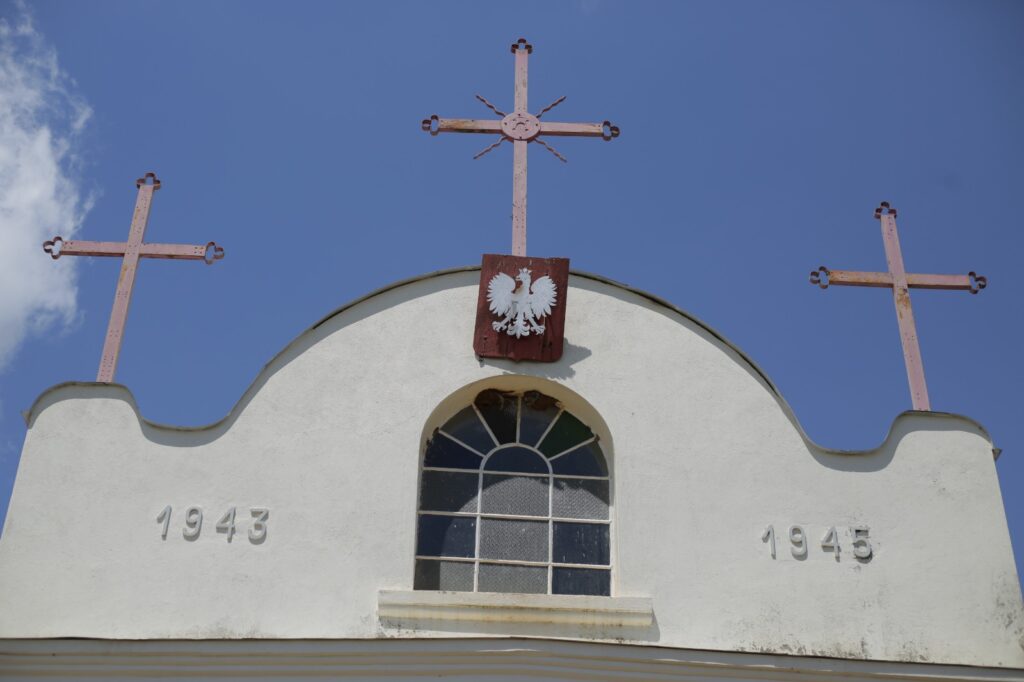
Development
Lyazi Vivian, the assistant commissioner of Tourism at the Ministry of Tourism, says as a ministry, they plan to develop cultural and heritage sites like the Nyabyeya Polish site, adding that very few knew about the site but through a renewed commitment, they will develop and popularize it to the world.
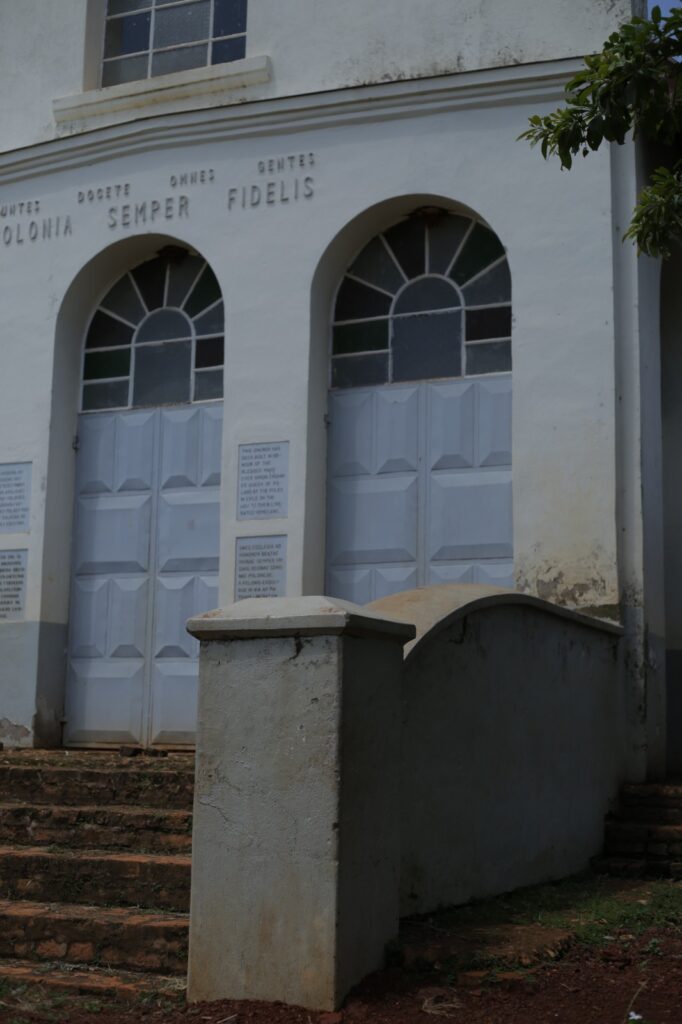
“Through our different campaigns like the explore Uganda, we will make sure these sites are known to the world, this place is least known, very few knew that over 4000 Poles came to reside here, and left a legacy that needs to be preserved. We went to Fort Patiko among others, our promise is that we are going to conserve and pour resources to these areas to make sure that accessibility is okay, sanitary facilities and information centres are okay among others,” he said. Photos by Marvin Mugerwa.
